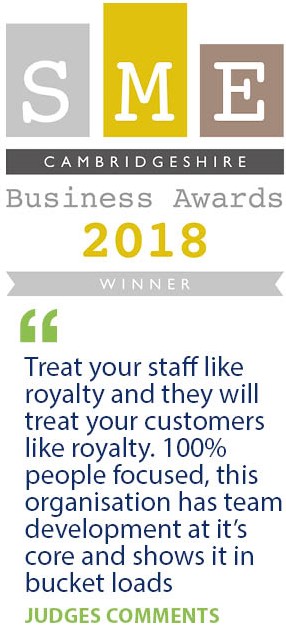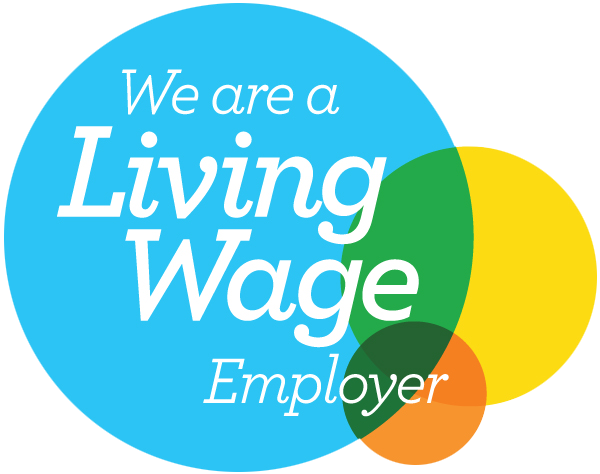
Intrinsic rewards are the internal satisfactions one gets from the work itself, rather than external rewards like money or gifts. These can include feelings of accomplishment, personal growth, the joy of learning, or the fulfilment of contributing to a greater purpose.
Unlike extrinsic rewards, which are tangible and external (like bonuses, promotions, or gifts), intrinsic rewards are intangible and internal. Extrinsic rewards are like the medals or trophies you get for winning a sport or game, while intrinsic rewards are the enjoyment, personal development, and sense of achievement you get from playing that sport. While extrinsic rewards can be effective in the short term, intrinsic rewards have a more lasting impact by fostering genuine enthusiasm, commitment, and a sense of ownership in one’s work.
Intrinsic rewards play a crucial role in sustaining long-term motivation. When employees are driven by internal factors such as personal growth, mastery of their craft, or a sense of purpose, they are more likely to be engaged, productive, and committed to their work. This kind of motivation is self-sustaining and does not depend on the constant provision of external incentives.
Companies that prioritise intrinsic rewards often cultivate a positive and supportive workplace culture. Such environments encourage innovation, collaboration, and a willingness to go the extra mile. Employees in these settings are not just working for a pay cheque; they are contributing to a mission that they believe in, which fosters a strong sense of community and shared purpose.
Numerous studies support the value of intrinsic rewards. For instance, research by the Harvard Business Review found that companies with highly engaged employees see 22% higher productivity and 65% lower turnover rates. Moreover, organisations that effectively leverage intrinsic rewards often report higher levels of employee well-being, creativity, and job satisfaction.
Google is renowned for its innovative "20% time" programme, which allows employees to spend 20% of their workweek pursuing projects they are passionate about, even if those projects fall outside their regular job responsibilities.
The "20% time" initiative gives employees the freedom to explore creative ideas without the pressure of immediate outcomes. This autonomy has led to the development of some of Google’s most successful products, including Gmail and Google News. By trusting employees to direct a portion of their time, Google fosters a sense of ownership and intrinsic motivation, leading to higher engagement and groundbreaking innovations.
Adobe’s "Kickbox" programme is a prime example of how companies can promote mastery and continuous learning. The programme provides employees with a "red box" containing tools and resources to develop and prototype new ideas, including a $1000 prepaid credit card for project expenses.
Kickbox empowers employees to take initiative and develop their skills in areas they are passionate about. It’s designed to encourage experimentation and innovation without the fear of failure. The programme has led to numerous successful projects and has significantly boosted employee morale by providing a clear pathway for personal and professional development.
Patagonia, the outdoor apparel company, is well-known for its commitment to environmental sustainability. The company aligns its business practices with a higher purpose, encouraging employees to participate in environmental initiatives and activism.
Patagonia’s employees are deeply engaged because their work aligns with their personal values. The company offers programmes like paid time off for volunteering with environmental organisations, and it donates a percentage of profits to environmental causes. This alignment of work with purpose creates a strong sense of meaning for employees, leading to higher engagement and job satisfaction.
A culture of recognition:
Implementing a peer-to-peer recognition programme can go a long way in fostering intrinsic motivation. Encouraging employees to acknowledge each other's contributions not only builds a supportive work environment but also reinforces the value of each individual’s work. Tools like digital "thank you" notes or a monthly "recognition wall" can be simple yet powerful ways to cultivate this culture.
Offer flexible work arrangements
Flexibility is highly valued by employees, as it allows them to balance work with their personal lives. Implement flexible work hours, remote work options, or even job-sharing programmes. Such initiatives demonstrate trust and respect for employees' time, which can significantly boost their intrinsic motivation and job satisfaction.
Encourage innovation and creativity
Create an environment where employees feel safe to express their ideas and experiment with new approaches. Consider setting up an "innovation lab" where employees can work on side projects or dedicate time each month for brainstorming sessions. Encouraging a culture of creativity helps employees feel valued for their contributions and motivated to think outside the box.
Provide opportunities for growth
Invest in continuous learning and development by offering training programmes, workshops, and mentorship opportunities. Employees who see a clear path to career advancement are more likely to be engaged and motivated. Encourage them to set personal development goals and support their pursuit of these goals with the necessary resources and time.
Align work with purpose
Help employees see the bigger picture by clearly communicating how their work contributes to the company’s mission and broader societal goals. Regularly share stories that highlight the impact of the company’s work on customers, communities, or the environment. When employees feel that their work has meaning beyond the day-to-day tasks, they are more likely to be intrinsically motivated.
Intrinsic rewards are a powerful tool for fostering a motivated, engaged, and loyal workforce. By focusing on internal motivators like autonomy, mastery, and purpose, companies can create a thriving culture where employees feel valued and invested in their work. Whether it’s through programmes that promote creativity, opportunities for personal growth, or aligning work with a greater purpose, there are numerous ways to integrate intrinsic rewards into your organisation. Start small, measure the impact, and gradually build a culture where intrinsic motivation drives success.

Managing Director
Tim is a passionate HR specialist with over 20 years’ experience in pay and reward. As a director of Paydata, Tim has worked with thousands of satis...
Sign up for briefings on pay benchmarking, salary surveys, reward strategy and statistical updates.
sign up for updates
© Paydata Ltd 2025 All rights reserved.
Registered in England no: 3632206
VAT no: 728 0808 28
Paydata Ltd, 24 Commerce Road, Lynch Wood, Peterborough, Cambridgeshire, PE2 6LR

